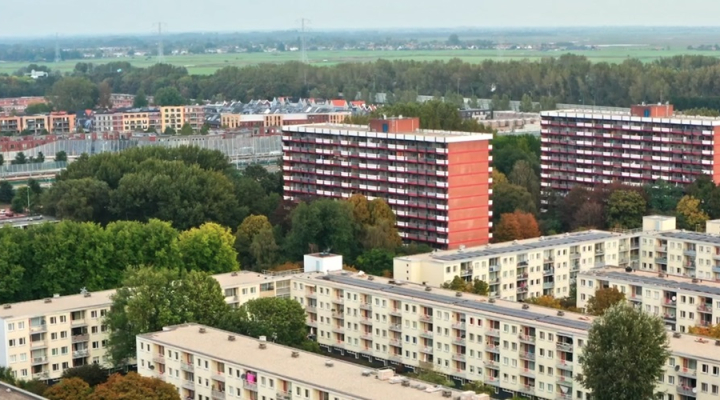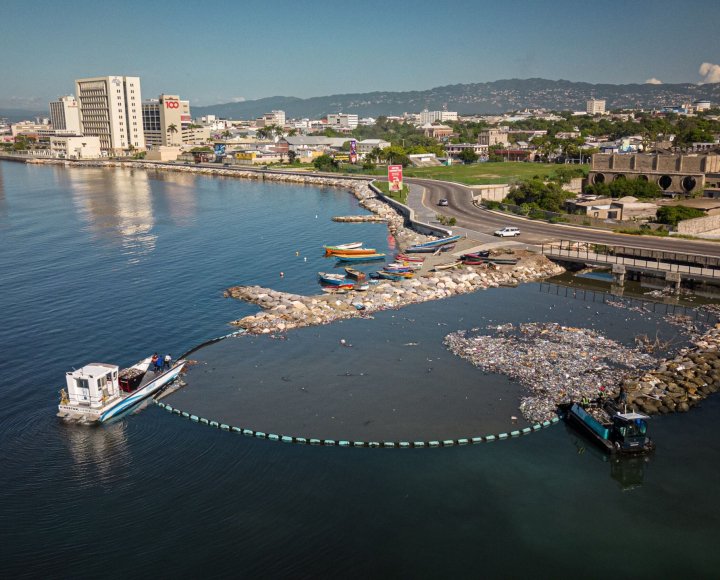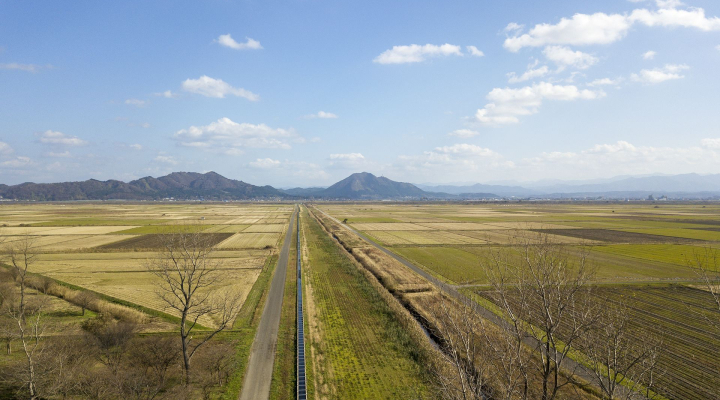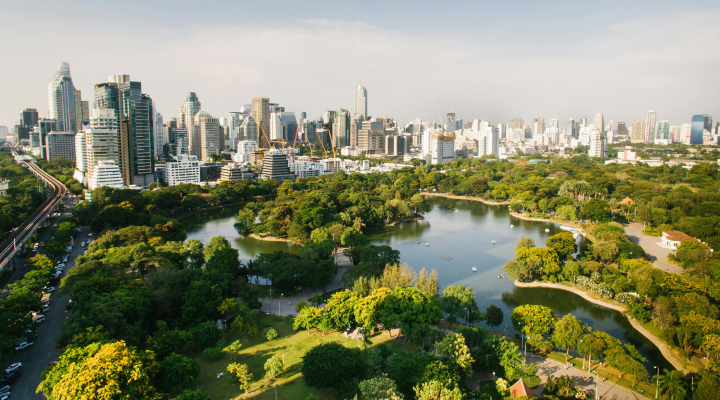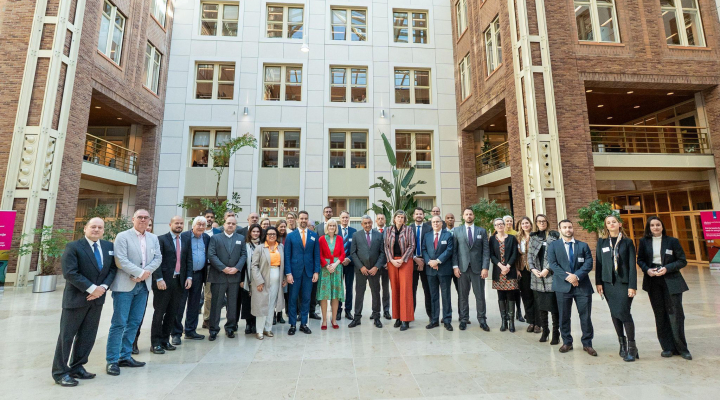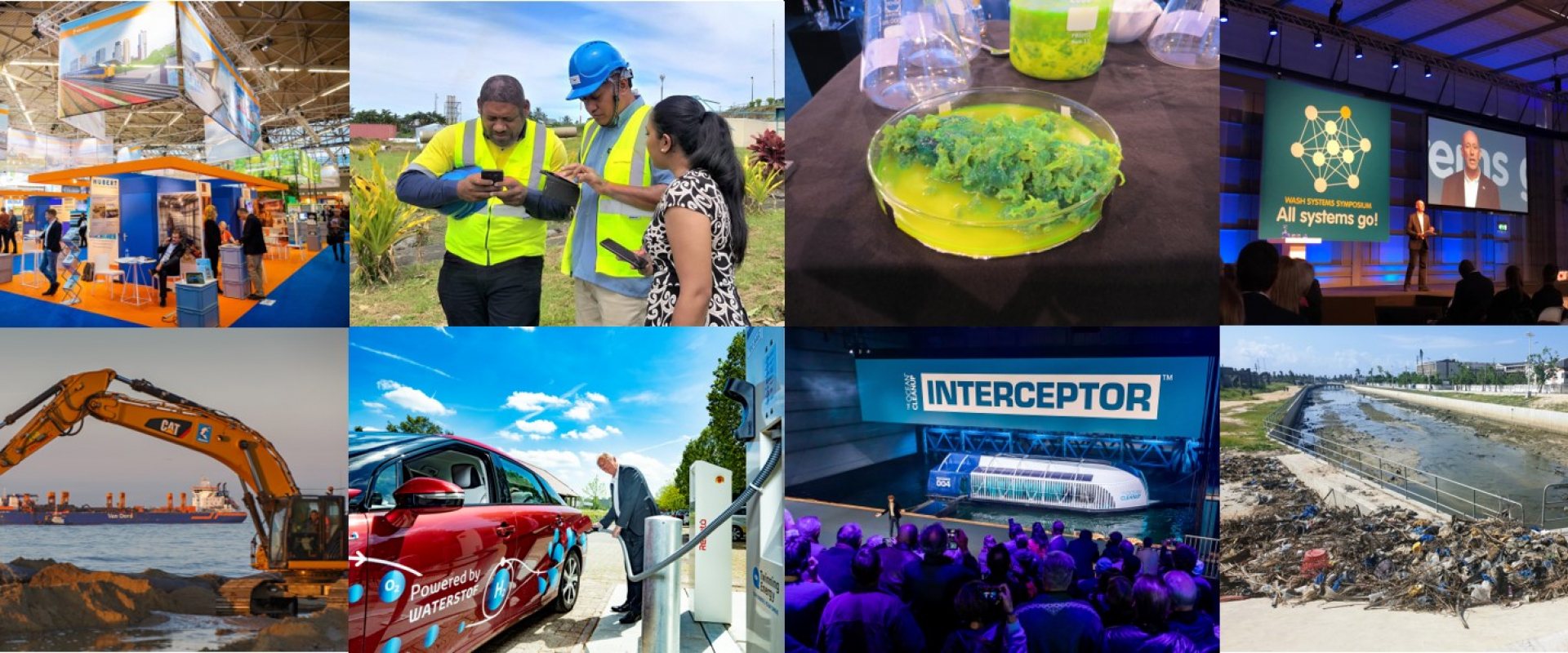
The best of 2019: 10 remarkable news stories
2019 was a year of extreme weather. It was also the year of the growing awareness for UN Sustainable Development Goal #6 on water. Worldwide the Dutch water sector contributed to challenge the issue of too much, too little and too polluted water. Goodbye 2019.
Wild weather
Hurricanes hampered the coasts of Mozambique, The Philippines, Japan, China, Bangladesh, the UK and the US. Severe floods occurred all over the world, as well as extreme droughts.
The water sector used to be about water utilities that supply drinking water and collect waste water for treatment. However, today’s wild weather forces the water sector to act more as water manager. One moment finding itself handling too much water, and the other moment handling too little water.
As water management is being practiced in the Netherlands for over 800 years as an existential way to fight floods, this year saw an increasing number of incoming visits by delegations that wanted to learn from the Dutch Delta Approach.
Only 10 years left
2019 was also the year the UN Sustainable Development Goal #6 on water came to the forefront. With only 10 years left, the global water community started to realise the enormous challenge that lies ahead to achieve universal access to clean drinking water and clean sanitation by 2030.
The Dutch water sector has been very active abroad this year, improving local water infrastructures and setting up local water services. Typical for the Dutch involvement is to work in partnerships that include all stakeholders.
Many workshops have been organised around the world, involving Dutch experts, to draw up new plans for water resiliency. The workshops involved local stakeholders right from the start, making the plans less technocratic and better fine-tuned to the local situation.
With this last news item we bring you our Top 10 stories of 2019. Ten stories with involvement of the Dutch water sector, which we think are worth rereading.
If you like our news stories, please subscribe to our newsletter, follow us on Twitter and Facebook and of course, also keep reading and sharing the news stories on this website in 2020.
We wish you all a happy and healthy New Year,
Editorial Team www.dutchwatersector.com
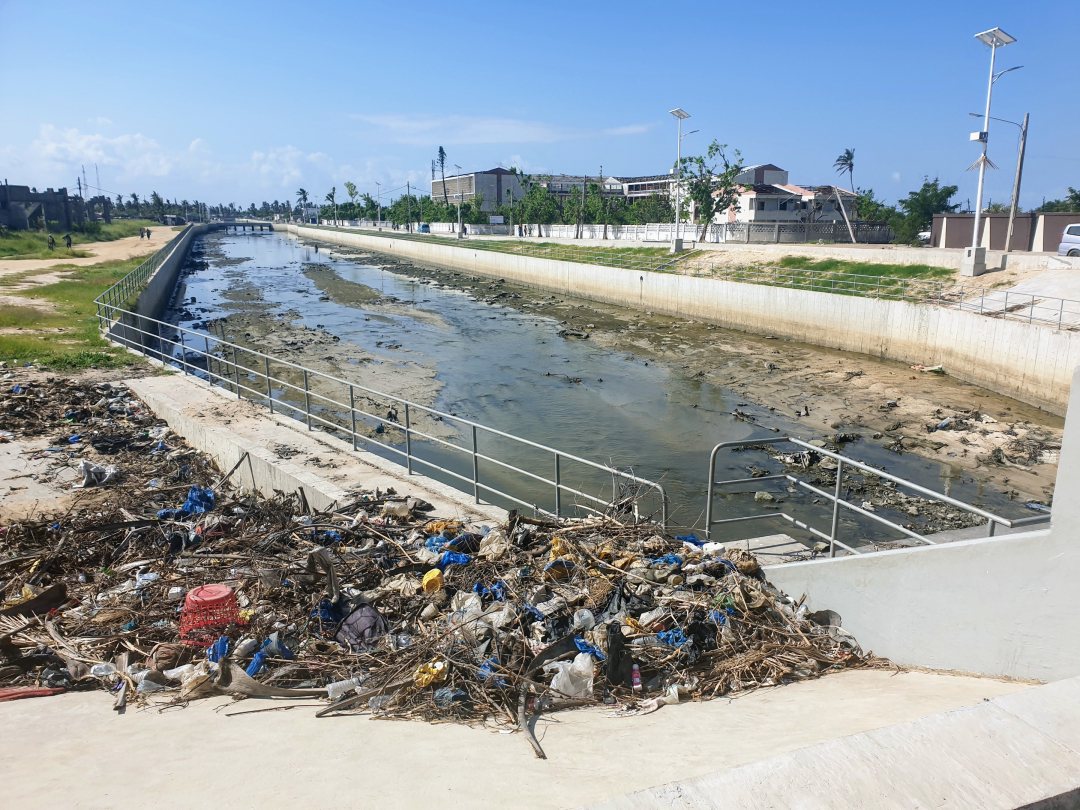

1. Building Beira back better
Tropical Cyclone Idai made landfall close to Beira City in Mozambique on 14 March 2019. Torrential rain, strong winds and a storm surge estimated at 2.5m height, flooded large parts of the city and surrounding areas. The death toll in Mozambique alone raised over 400, over 140.000 people lost their homes.
Remarkably the recent constructed drainage channel survived the cyclone and discharged large amounts of storm water that had been released by cyclone Idai. The construction of the channel was part of the Beira master plan that has been developed in cooperation with the Dutch water sector.
After the flood disaster this plan has been revised and the Dutch water sector is now involved in a programme to rebuild the city with an expended drainage system. The longstanding Dutch cooperation in the city's master plan is facilitated by the Partners for Water programme.
Read the full news item
2. Kaumera, a revolution in resource recovery
Waste water treatment plant Zutphen, the Netherlands, has been expanded with a facility to handle its surplus sludge. After leaching the sludge, the versatile biopolymer Kaumera can be extracted. This processing does not only reduce the sludge volume by 25 percent, but it also provides an alternative to a variety of oil-based materials.
If Kaumera stands up to its expectations it will revolutionize the waste water treatment sector as for the first time a completely new high-value product can be processed from waste water.
The production and marketing of Kaumera results from a partnership between Delft University of Technology, applied research institute Stowa, Royal HaskoningDHV, Chaincraft and and regional water authorities Rijn & IJssel and Vallei & Veluwe.
Read the full news item
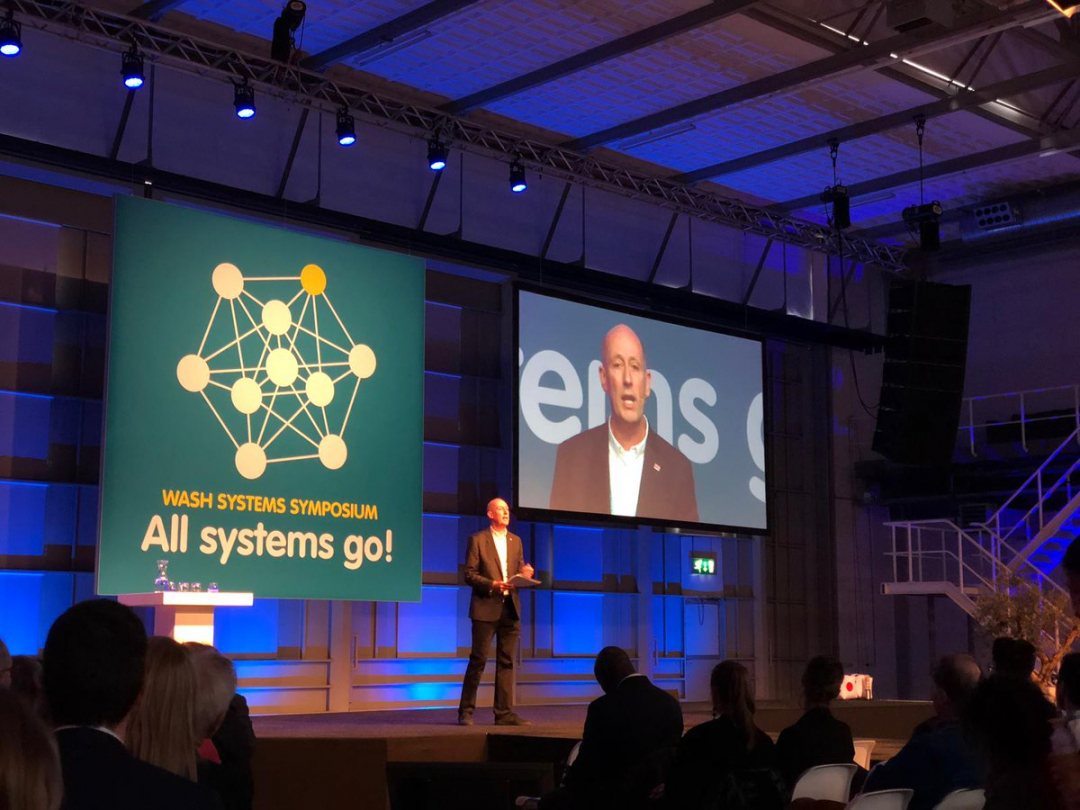

3. All wash-systems go
Dutch international think-and-do-tank IRC Wash, celebrated its 50th anniversary with a three-day international conference in The Hague, the Netherlands. Central theme of the conference was ‘All systems go’. At the conference ‘sector technocrats’ were encouraged to think differently and make a shift from incidental water projects in developing countries, to setting up water services programmes that include tariffs, maintenance and custom management.
The implementation of WASH-systems is a corner stone of IRC’s current activities, making a contribution to achieve universal access by 2030. To reach full access to wash services, all systems need to be addressed in order to make the service delivery possible to everybody, CEO Patrick Moriarty of IRC said at the conference.
Read the full news item
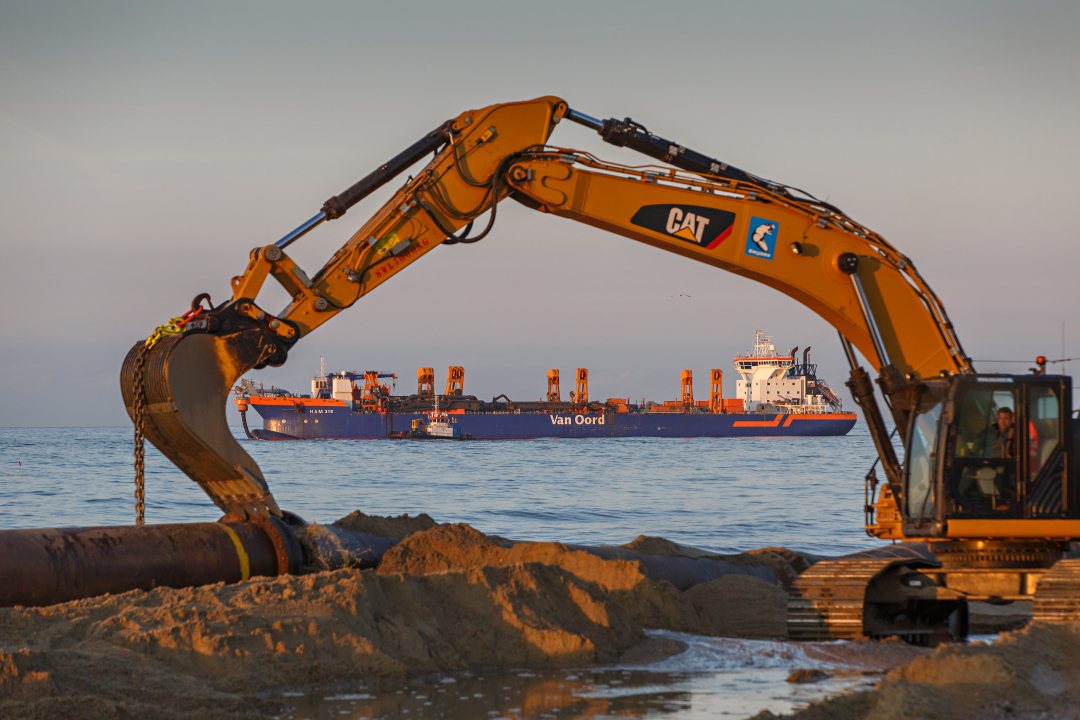

4. Sand scaping stops UK coast erosion
Last summer, Dutch dredger Van Oord placed 1.8 million cubic meters of sand over a total length of 5.5 kilometers on the British Norfolk coast near Bacton. Partly the volume is enough to stop the local coastal erosion, but additionally the current will carry a part of the sand along the Norfolk coast and strengthen the coastline over a much longer distance.
The sand scaping project has been designed by Royal HaskoningDHV, building on the experiences with the ‘Sand Engine’ off the Dutch coast. The concept is based on one mega sand suppletion, replacing several smaller sand suppletions that last only five years.
The British use of the concept of sand scaping, is the first outside the Netherlands. Several countries with eroding coastlines have shown interest in the concept, such as Peru, Sweden, the United Kingdom, Italy and Jamaica.
Read the full news item
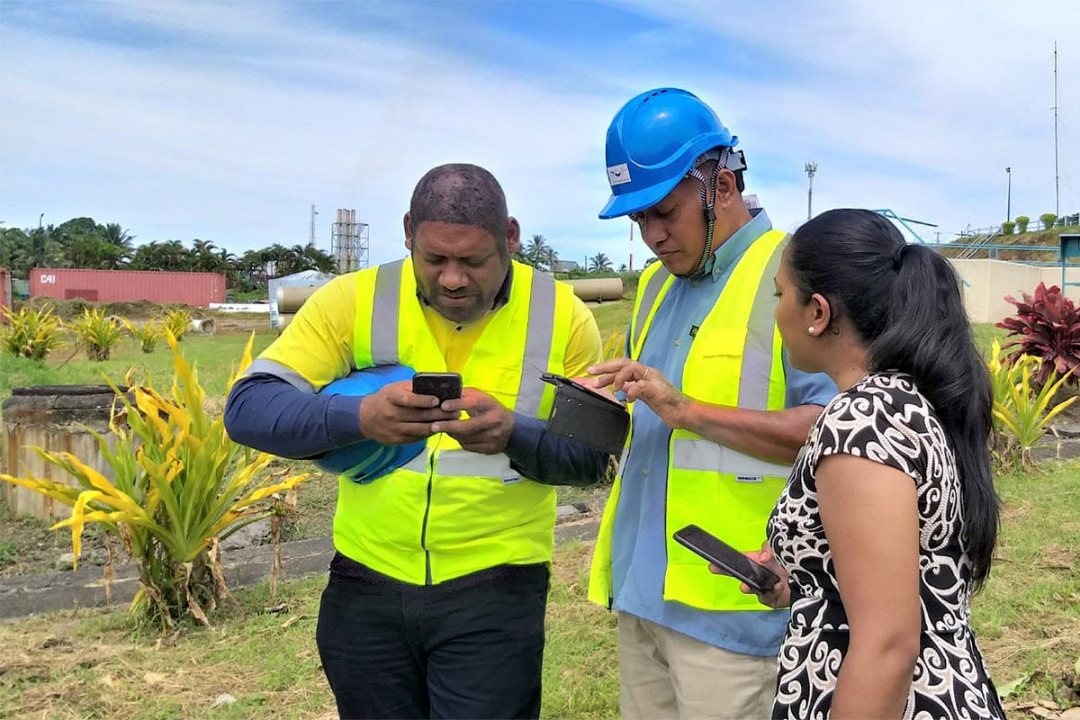

5. Unlock the power of data
Software developer AKVO, together with UNICEF Pacific and the World Health Organisation (WHO), supports the government of Fiji to streamline their data processes around UN Sustainable Development Goal #6 on water. This streamlining is to ensure that targeted programmes and policies for the areas that need support are set up so the country can achieve SDG 6. Various ministries and non-governmental organisations holding relevant data have agreed to share their information, enabling AKVO to create a dashboard providing a real time overview of the WASH system.
AKVO has implemented nation-wide water data monitoring networks in many countries that are fed by field data on water infrastructure collected with cell phones, and displayed in dedicated open access dashboards showing the status of the facilities and the water quality of water sources.
Read the full news item
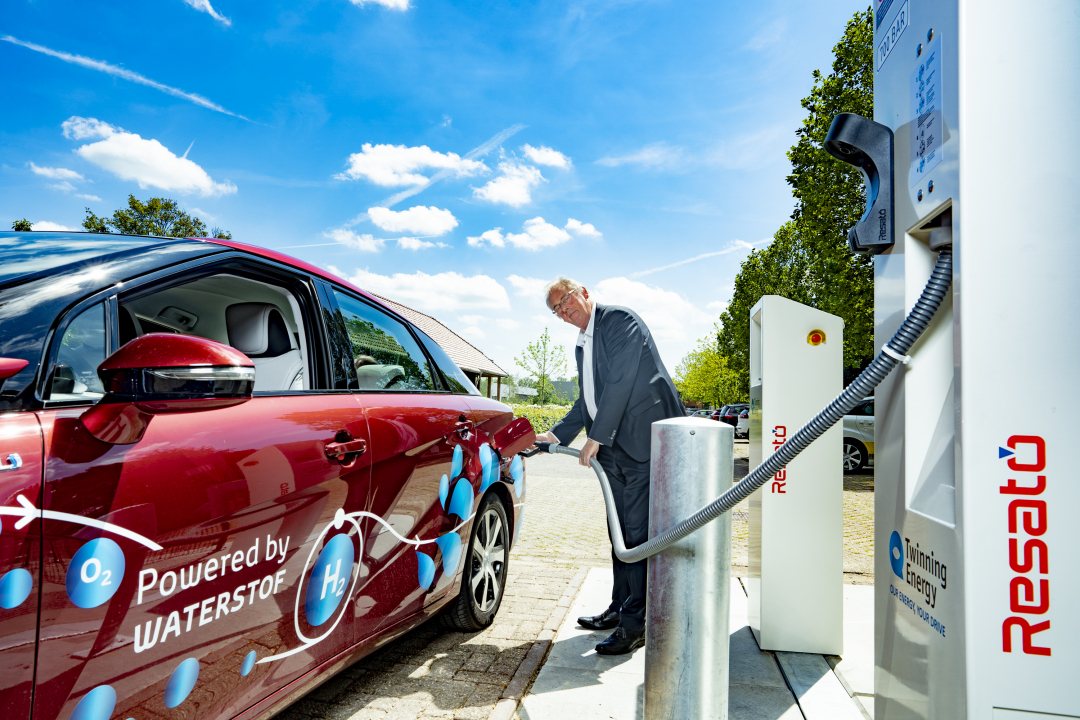

6. Hydrogen from rainwater
Dutch water research institute KWR commissioned its own hydrogen filling station for the institute’s fleet of hydrogen-electric cars. The green hydrogen station is part of a research project by KWR to use solar energy and rain water to produce electricity, hydrogen, heat and ultrapure water in a sustainable manner.
A 8.7 MWp solar energy park is under construction and a rainwater harvesting system will be realised later. All facilities together will enable KWR to produce solar energy for the production of hydrogen from rain water. The surplus electricity during summer will be used for the heating of water (40-60˚C) using a large heat pump; the heat is stored in the subsurface for subsequent use during winter to heat homes and buildings.
Read the full news item
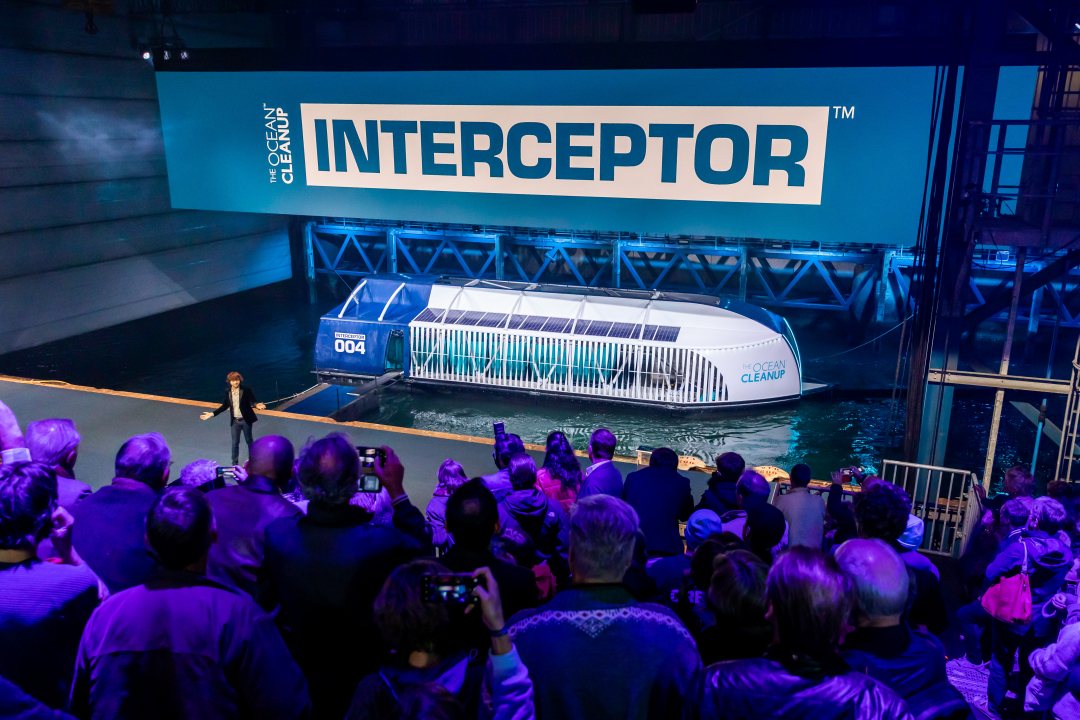

7. Ocean cleanup finally happening
2019 has been a crucial year for foundation The Ocean Cleanup. The foundation had to overcome severe system failure that had occurred in 2018. With a completely re-engineered collection system, the foundation set out for the Pacific Great Plastic Garbage Path. In October CEO and founder Boyan Slat announced that his non-profit organisation The Ocean Cleanup was fully capturing and collecting plastic debris for the first time.
Since its start five years ago, the foundation has been criticized for the fact that their invention takes the attention away from necessary efforts to stop plastic from getting into the water in the first place. So to everybody’s surprise in October, Boyan Slat revealed the existences of four floating garbage collectors specially designed for rivers. Again high ambitions: the foundation wants to have a 1,000 of these floating collectors operational on rivers by 2025 to reduce oceanic plastic pollution by 80 percent.
Read the full news item
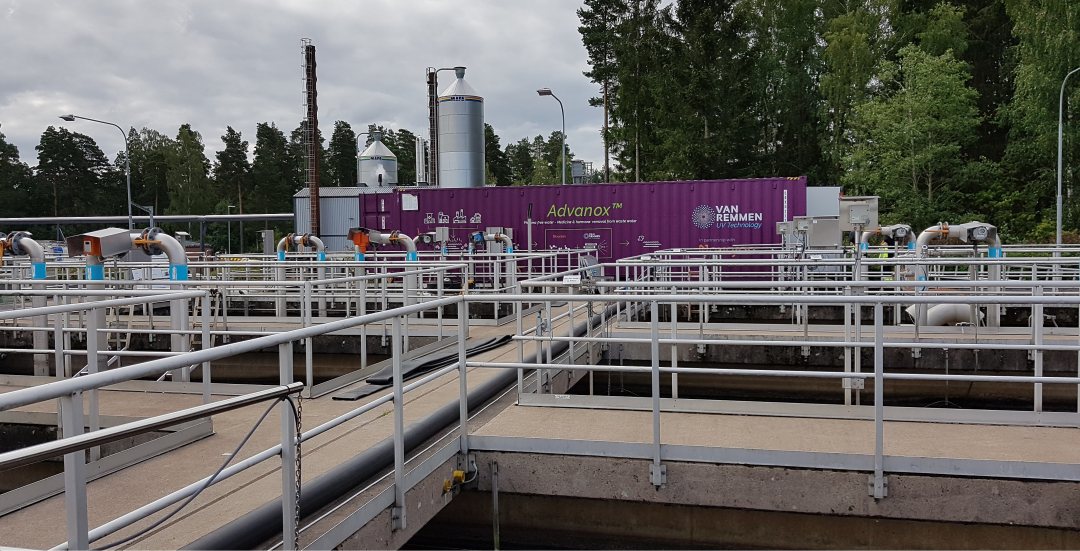

8. Removal of pharmaceutical residues
As more people get older, they use more medicines and more residues end up in waste water. To prevent these residues from polluting water bodies, it is necessary to remove them at the waste water treatment plant. In many European countries water authorities and water utilities are looking for the most cost-effective removal technology.
UV technology supplier Van Remmen and chemical supplier Nouryon combined their technologies and started a pilot at the Swedish waste water treatment plant at Växjö. The combination of Van Remmen’s Advanox UV reactor, and Nouryon’s MicrOx hydrogen, is expected to remove more than 90 percent of pharmaceutical residues.
Read the full news item
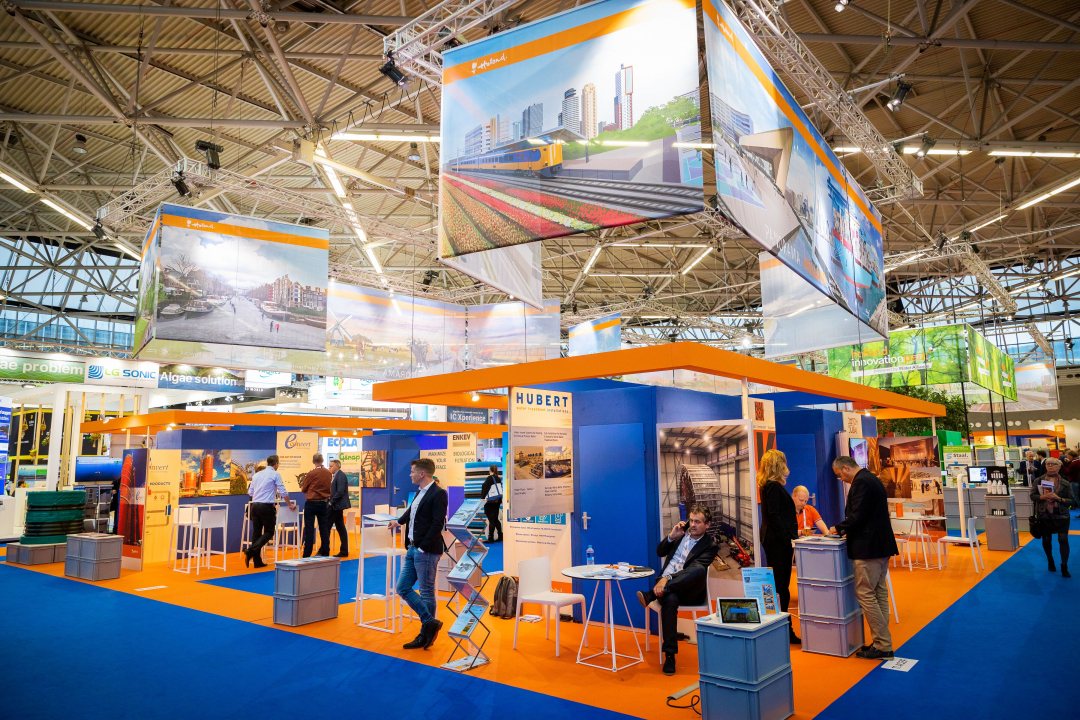

9. AIWW: connect and collaborate
The fifth edition of the Amsterdam International Water Week (AIWW) proved again successful in connecting water professionals. Over 22.000 visitors from 147 countries attended the water technology fair Aquatech Amsterdam, and 800 delegates attended the international AIWW Conference. Two remarkable achievements were the number of Dutch water technology suppliers that participated in the Holland pavilion and the signing of five additional Amsterdam Agreements.
A major objective of the AIWW is to promote practical progress. This is most visible in the Amsterdam Agreements initiative, where partnerships are agreed upon, to tackle specific water challenges. The five new Amsterdam Agreements that were launched during AIWW 2019 - and joining seven existing ones – included a collaboration between the Neherlands Water Partnership and the Senegal River Basin Development Authority on integrated river basin management. Earthview Management and Kenya Innovative Finance Facility for Water agreed on a joint development of a smart water metering system that will benefit Kenya’s Water Resources Authority.
Read the full news item
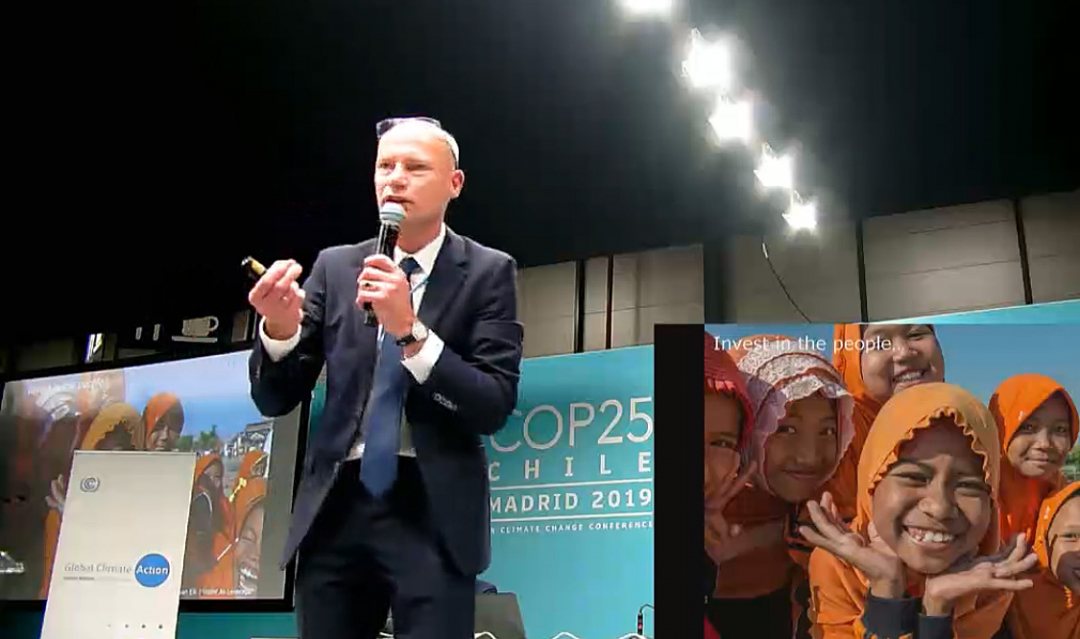

10. Climate change: time for action
Despite the disappointing outcome of climate summit COP25 in Madrid, the adaptation issues were high on the agenda of the many side events. As 1.5 degree warming of the earth seems inevitable, the need to adapt to more extreme weather patterns is paramount. And water management is at the very heart of many adaptation measures, such as better flood prevention (too much water), more efficient water use (too little water) and improved treatment of waste water (too polluted water).
At the COP25 Dutch experts such as special water envoy Henk Ovink, contributed to the side events, debating on the many advantages of nature-based solutions such as mangroves as coastal flood defences, and wetland restoration for more clean water.
The attention for climate adaptation at the COP25 preludes on several events to take place in 2020 that will call for action, not only to move away from fossil fuels to minimize global warming, but also more action to adapt to climate change. UN Water’s theme for next year will be: 'Water and climate, time for action'. The theme will be at the center of four major international events in 2020: Adaptation Futures in New Delhi (April), Stockholm International Water Week (August), the Global Climate Adaptation Summit (October) and the next UNFCCC climate summit COP26 in Glasgow (December).
Read the full news item




